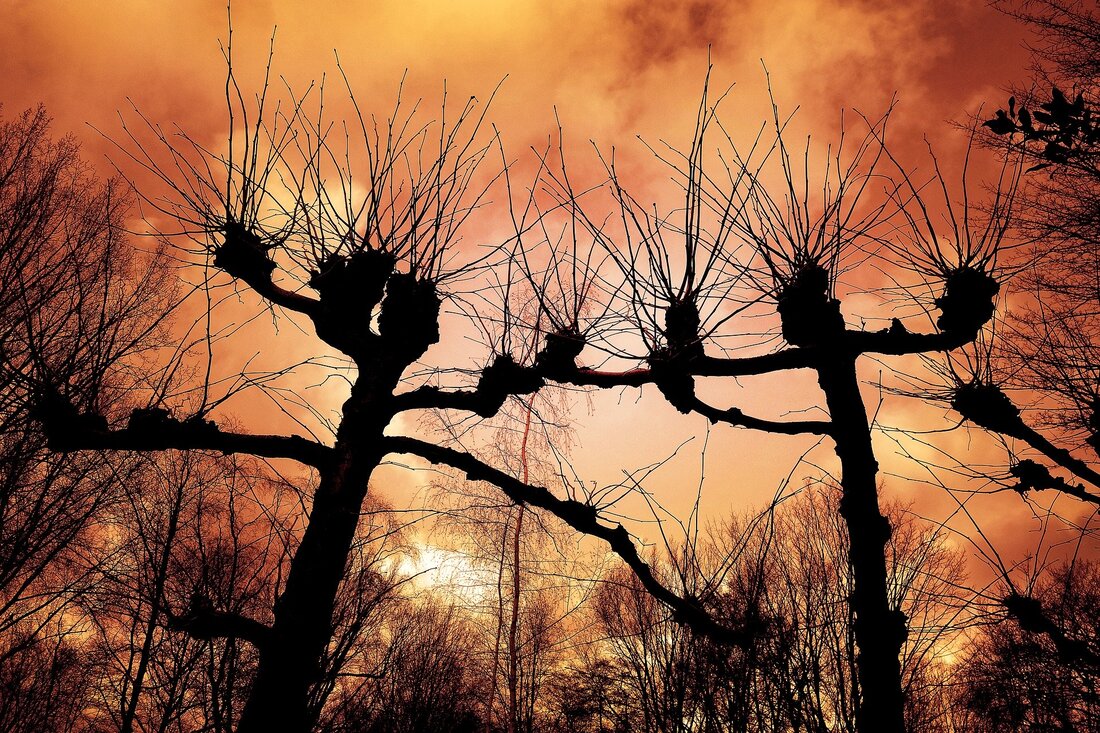|
Back to Blog
What is Pollarding?21/10/2020 Pollarding....have you heard the word before but aren't quite sure of its meaning? You may know that it's related to tree surgeons, but that is all you know. It's not a terribly difficult concept to understand, even though the execution can be complex. Pollarding simply means pruning a tree to control its size and form. It's a practice that has been in use for centuries in Europe and takes a particular knowledge and skill to practise. Why Pollarding?
In the past trees were pollarded to create wood in use for construction and military use such as long straight poles. Today, pollarding has a specific purpose that will enhance the aesthetics of your garden. When a tree surgeon prunes a tree with pollarding in mind what he is actually doing is pruning the tree in a way that will produce a full, rounded canopy. Pollarding is practised on trees that can't reach their full height. You often see pollarding done around car parks and high streets. Things that can keep a tree from reaching its full height are: • Taller trees surrounding it • The tree is planted under an overhang such as a roof edge or a footbridge • There are power lines strung above the tree How Does Pollarding Work? Just how does pollarding work? When a tree surgeon prunes a tree using the technique, the main leader of the tree is removed to keep it from growing upward. Next, the tree surgeon prunes all the lateral branches to nearly the same height and close to the crown. The tree will look as if it has been decimated, but it will soon fill out again. Older trees may not react in the same way as younger ones and pollarding an old tree may kill it. When Should Pollarding be Done? The best time of year for your tree to undergo pollarding is between the months of January and March when the tree is dormant. It should be done with younger healthy trees that can withstand the process of pollarding. How Often Should Pollarding be Done? Pollarding should be done every three to five years according to how quickly the tree grows. Once the tree becomes too mature, pollarding should stop, usually when a tree reaches twenty years old. What Types of Trees are Pollarded? These are the most common types of trees that are pollarded: • Oak • Elm • Ash • Maple • Hazel • Willow Other types of trees can be pollarded, but they may not fare as well as the trees listed above. Chelmsford Tree Surgeon Can Pollard Your Trees Get in touch by phone or fill out our simple contact form to get our knowledgeable tree surgeon round to discuss how pollarding can help get the best out of your tree.
0 Comments
Read More
Your comment will be posted after it is approved.
Leave a Reply. |
|
Chelmsford Tree Surgeon
Suite 153, Dorset House, Duke Street, Chelmsford, CM1 1TB 01245 527 053 |

